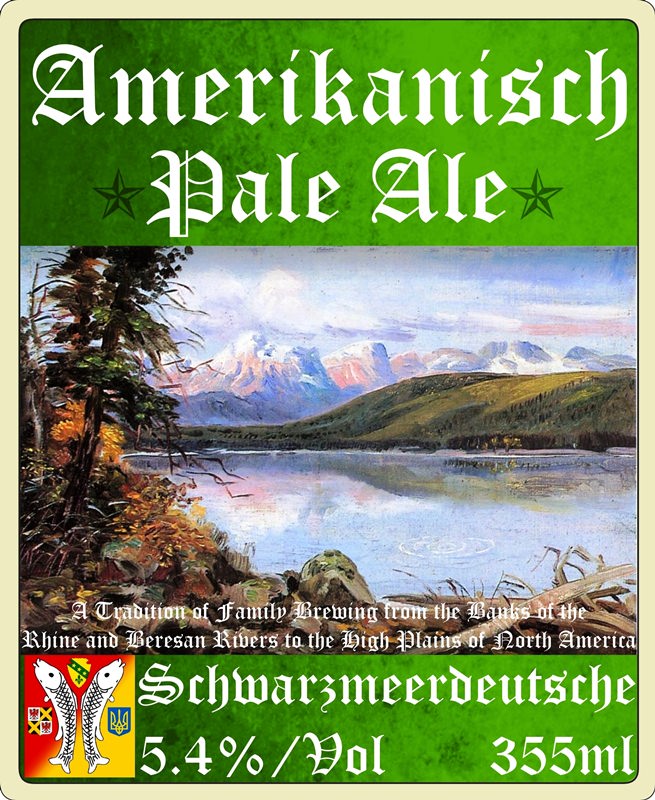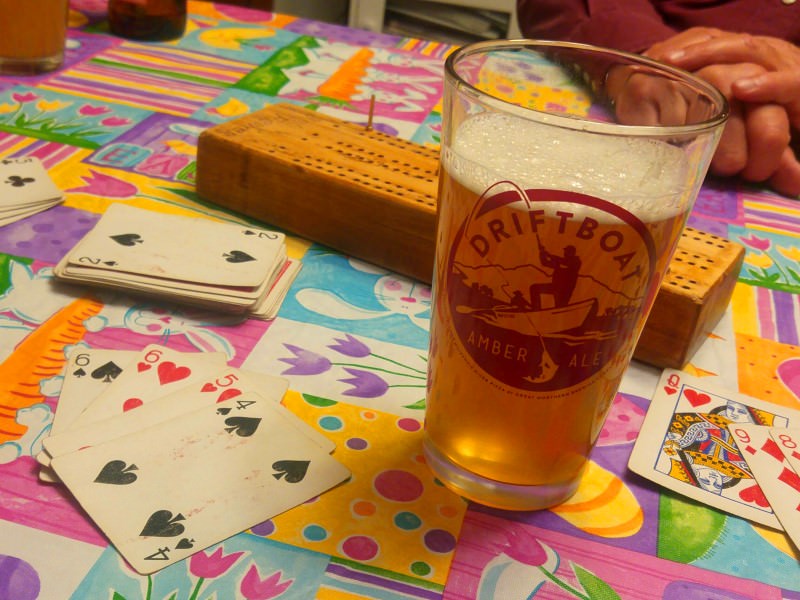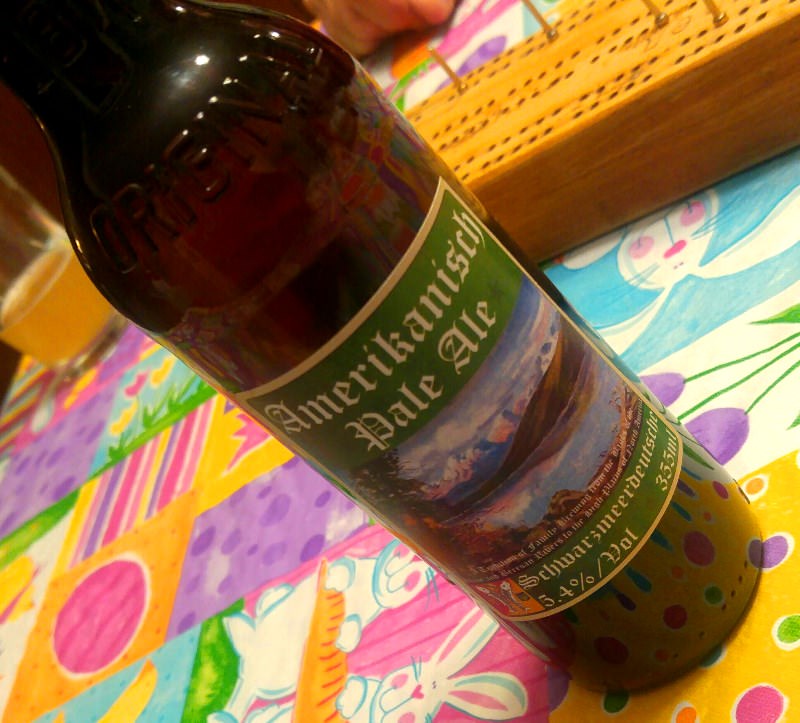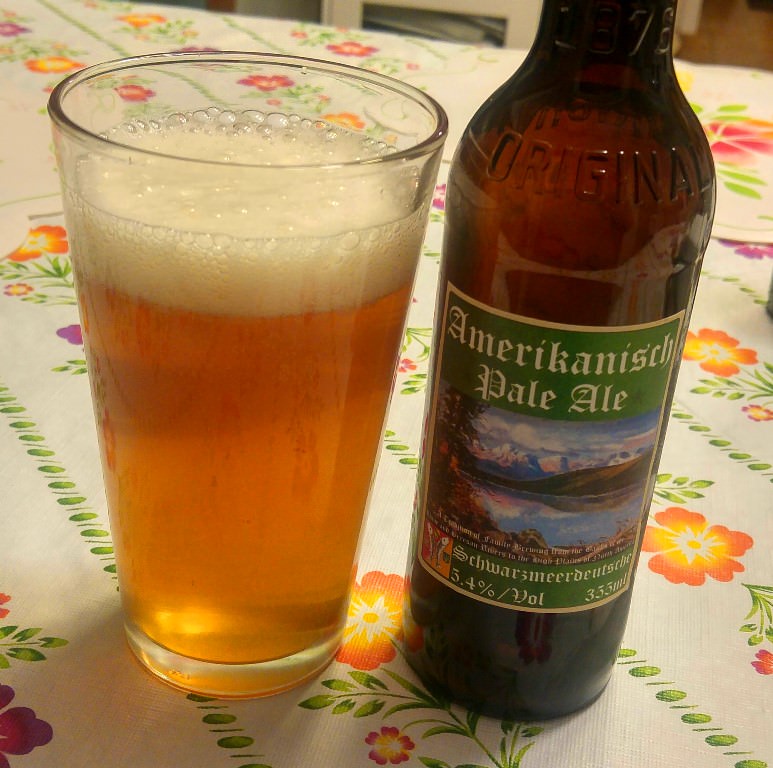TasunkaWitko
Well-Known Member
Here's the current (dare I say final) plan for this, barring any huge mistakes:
I tried a couple of "Mountain Pale Ales" over the summer - one was a special issue from Rainier. They were good, but to my opinion a bit lacking. This recipe hopefully goes with that "mountain ale" concept, but improves on the commercial offerings that I've tried.
Unless there are any huge, glaring errors, I'll go with it. At best, I've got a good thing here; at worst, I'll need to tweak it a bit.
This seems non-complicated and it conforms, as far as I can see and from what I have read of BCJP, to what an American Pale Ale should be. It reflects my German heritage, Montana background, and the combination of my hometown (Chinook, Montana) and my wife's home county (Cascade, Montana). The Chinook/Cascade combination has been described as a good one, and the hops are - I hope - in good proportion to each other. The IBUs are within my goal, and it looks like this will be just a bit (but not overly) malty, which is what I want.Amerikanisch Pale Ale
All-Grain
1 gallon
OG - 10.51
FG - 10.09
ABV - 5.55%
IBUs - 30.58
SRM - 5.80
Fermentables
1.8 lb American Pale 2-Row Malt (MaltEurope) (90.0%)
0.1 lb American Caramel/Crystal 20L (5.0%)
0.1 lb American Munich 20L (5.0%)
60-Minute Mash @ ~152 degrees
60-Minute Boil
Hops
2.0 grams Chinook Hops (14.1% AA) @ 60 minutes
2.0 grams Cascade Hops (7.25% AA) @ 30 minutes
3.0 grams Chinook Hops (14.1% AA) @ 1 minute
3.0 grams Cascade Hops (7.25% AA) @ 1 minute
Yeast
Safale S-05 - 1/2 package
I tried a couple of "Mountain Pale Ales" over the summer - one was a special issue from Rainier. They were good, but to my opinion a bit lacking. This recipe hopefully goes with that "mountain ale" concept, but improves on the commercial offerings that I've tried.
Unless there are any huge, glaring errors, I'll go with it. At best, I've got a good thing here; at worst, I'll need to tweak it a bit.









![Craft A Brew - Safale S-04 Dry Yeast - Fermentis - English Ale Dry Yeast - For English and American Ales and Hard Apple Ciders - Ingredients for Home Brewing - Beer Making Supplies - [1 Pack]](https://m.media-amazon.com/images/I/41fVGNh6JfL._SL500_.jpg)





















































